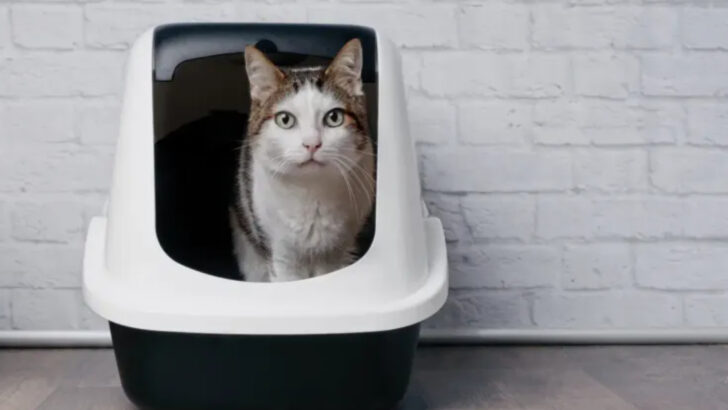Cats are experts at keeping pain under wraps, making it tough to know when they’re feeling unwell. They don’t often vocalize discomfort, and their subtle changes can easily go unnoticed if you’re not paying close attention. Learning to spot those quiet signals can help you step in before things get worse.
You might notice shifts in their usual habits—maybe they’re less active, grooming differently, or acting a bit off. These small differences can say a lot about how they’re feeling. Recognizing these signs early gives your cat the chance to get the care they need right away.
Limping or Favoring a Limb
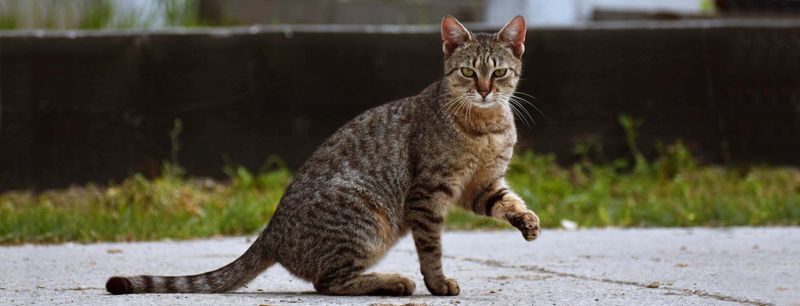
Cats move gracefully, so any change in their gait, like limping or favoring a limb, can indicate pain. Watch for subtle signs, such as hesitation to jump or climb stairs. These changes might be due to injury, arthritis, or other conditions.
If your cat suddenly starts limping, it’s crucial to observe them closely. Examine the affected limb for swelling or tenderness. Sometimes, the cause is minor, like a thorn. However, consistent limping warrants a trip to the vet. Early intervention can prevent worsening conditions and discomfort for your pet.
Unusual Vocalization at Night
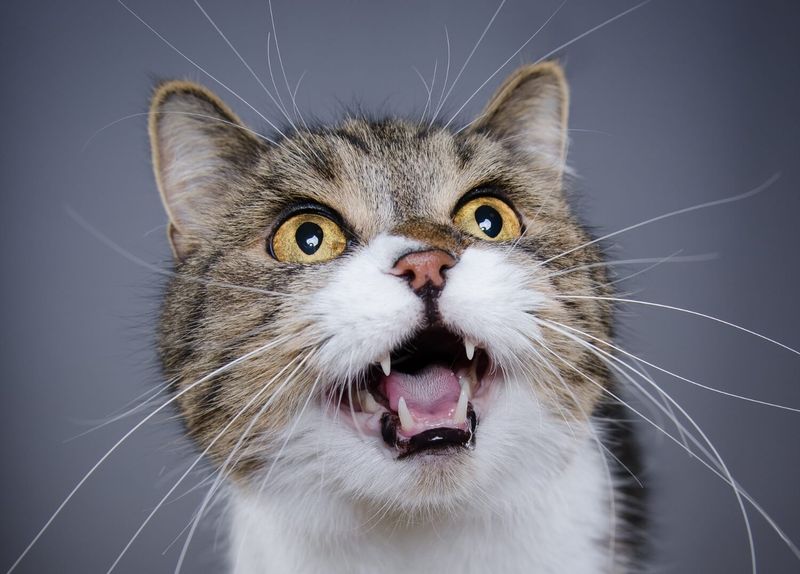
In the quiet of night, a sudden howl echoes through the home. This isn’t your cat just chatting with the moon; it’s a sign of discomfort. Cats may vocalize more at night when they are in pain, using their cries to express distress.
This behavior can be especially noticeable if your cat is usually quiet. Take note of any changes in nighttime vocalizations. They might be trying to communicate that something’s amiss.
A visit to the vet can help decipher these cries and pinpoint any underlying issues, ensuring your cat receives the care it needs.
Changes in Appetite
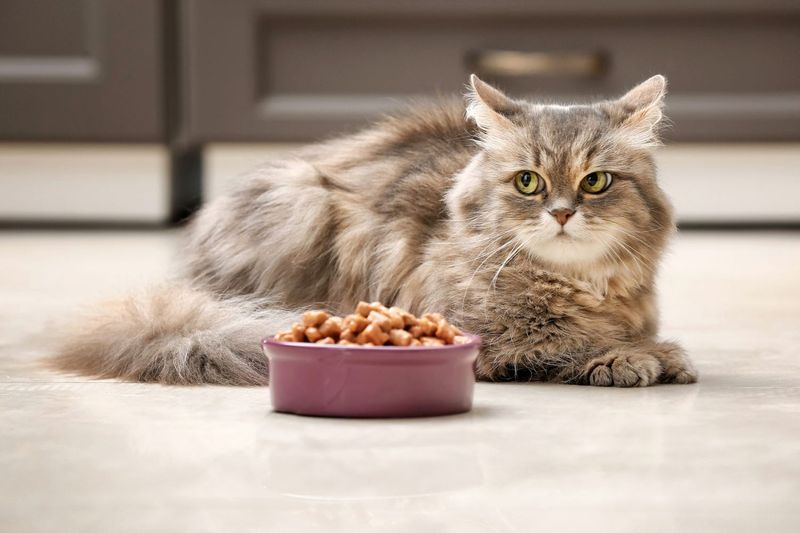
A sudden change in your cat’s appetite can be a red flag for health issues. Whether they’re eating less or more, it’s essential to pay attention.
Pain can cause your cat to lose interest in food, while some conditions might increase their appetite. Monitor their eating patterns and note any drastic changes.
If your cat consistently ignores meals or appears ravenous, it’s time for a vet check. Detecting the root cause early can prevent further complications and ensure your cat receives the care it needs.
Excessive Drooling
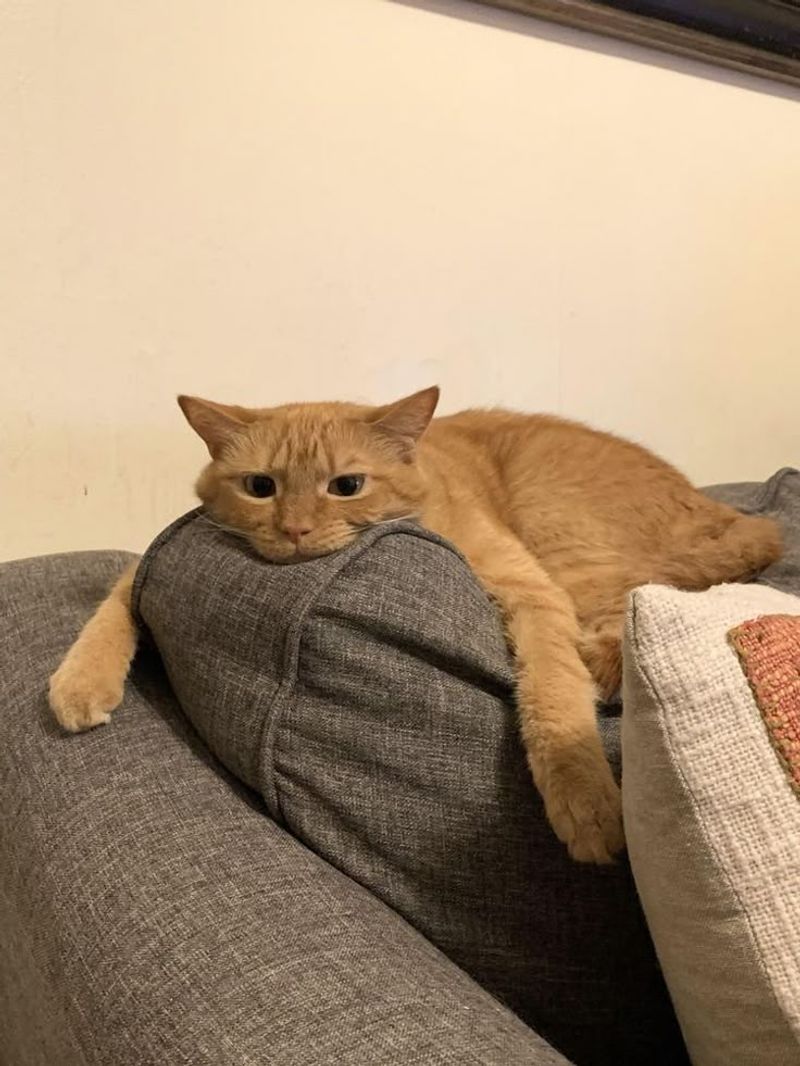
Drooling in cats can indicate more than just a tasty treat. If your cat starts drooling excessively, it might be a red flag. Cats in pain, especially with oral discomfort, often drool as a response.
This symptom can accompany dental issues or other oral health problems. Keep an eye out if your cat’s chin is wetter than usual or if drool pools unexpectedly.
While some drooling can be harmless, excessive drooling warrants a check-up. Addressing the cause promptly can prevent further discomfort and keep your cat’s purrs uninterrupted.
Changes in Grooming Habits
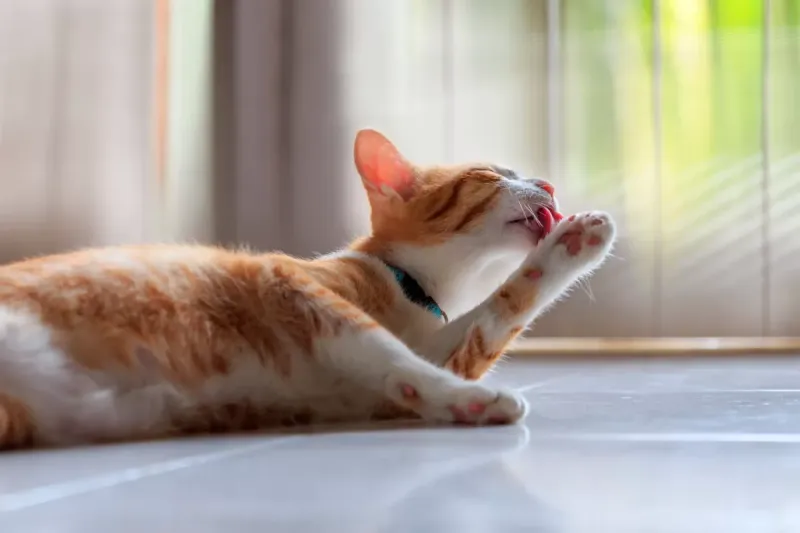
Cats are meticulous groomers, so a change in grooming habits can signal distress. If your cat stops grooming, it might feel pain, affecting its ability to move comfortably.
Look for clumps of fur, dandruff, or an oily coat, which can indicate neglect. Sometimes, pain makes grooming uncomfortable, leading to these changes. Alternatively, over-grooming might happen, especially if your cat feels itchy or has a skin condition.
Either way, observing these changes is essential, as they can be indicative of underlying health issues that need addressing.
Reluctance to Jump
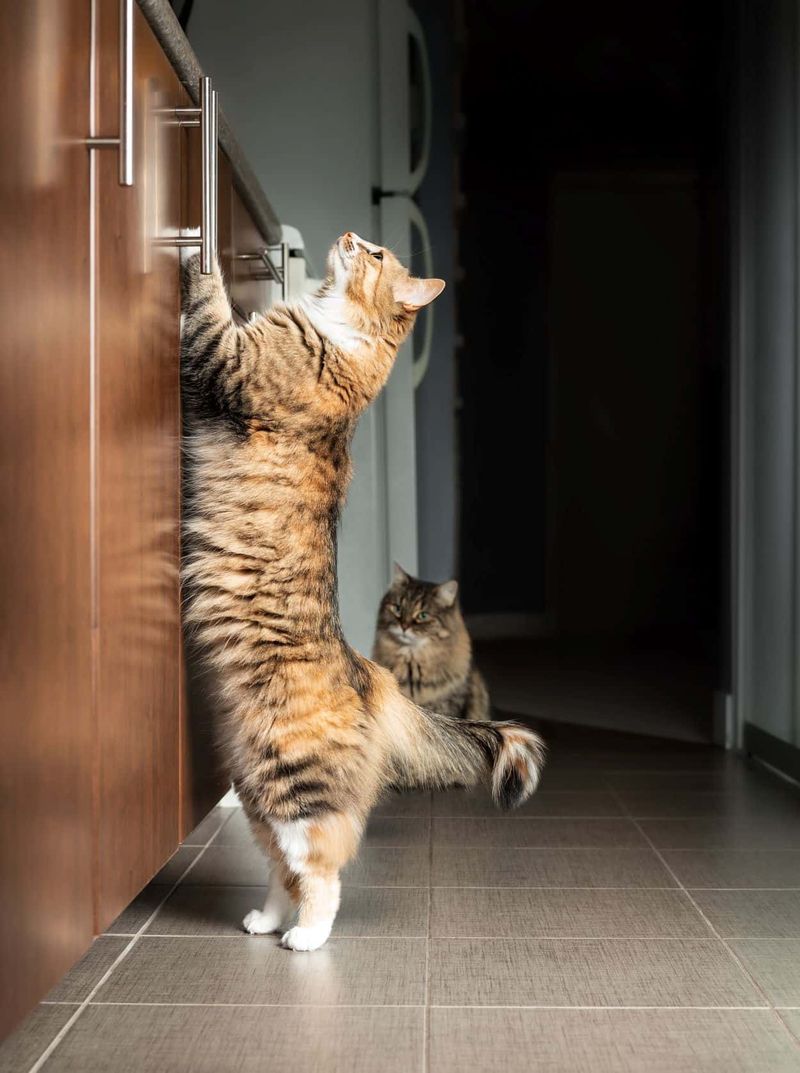
Once agile and graceful, your cat now hesitates with each leap. Reluctance to jump can be a silent alarm for joint pain or arthritis. Cats, known for their nimbleness, may avoid jumping if it causes discomfort.
Observe your cat’s behavior around familiar heights like tables or window sills. A change here is a clear indication that something might be wrong.
Consulting a veterinarian can provide insights and options for treatment, ensuring your cat returns to its acrobatics without hesitation and with ease.
Hiding More Often
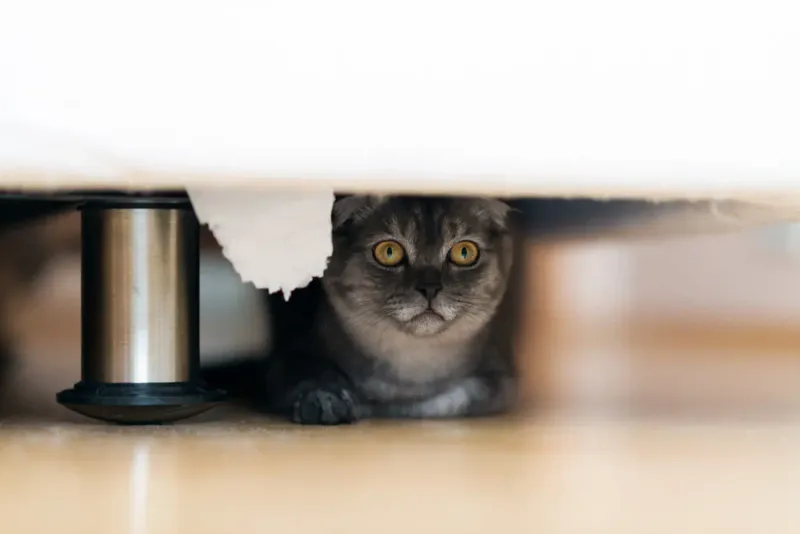
Cats often seek solitude when they feel unwell, hiding in places they consider safe. If your cat suddenly starts hiding more often, it might be experiencing discomfort or fear.
This behavior can be linked to physical pain or emotional distress. Consider any recent changes in the household that might contribute to stress. Evaluate their environment and interactions for potential stressors.
Persistent hiding should prompt a visit to the vet, as it often indicates a need for medical intervention, ensuring your cat’s health and comfort.
Vocalization Changes
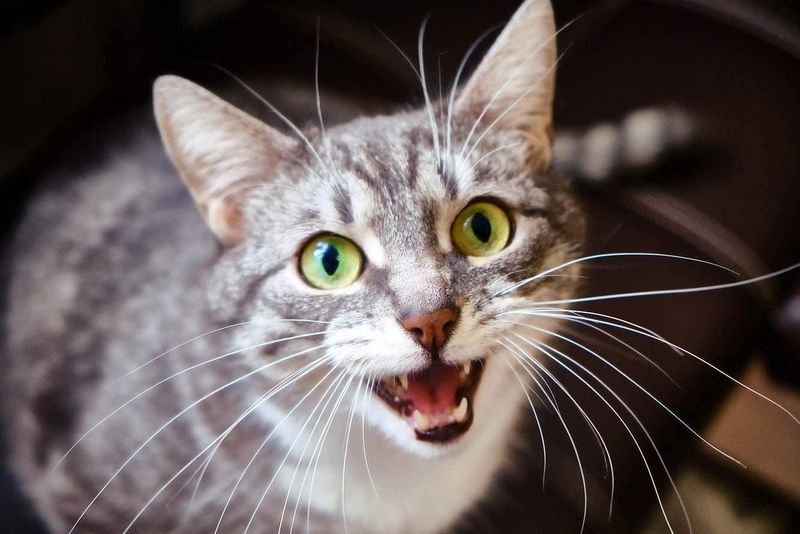
Cats communicate through vocalizations, and changes in their meowing can signal pain. An increase in frequency or a change in tone, like more plaintive cries, can indicate discomfort.
Listen to your cat’s vocal patterns and see if they’re more vocal at certain times. Pain might make them meow more, especially if they’re trying to get attention.
If this behavior persists, it’s essential to consult with your vet. Identifying the cause behind these changes can help address any underlying health issues your cat might be facing.
Lethargy or Decreased Activity
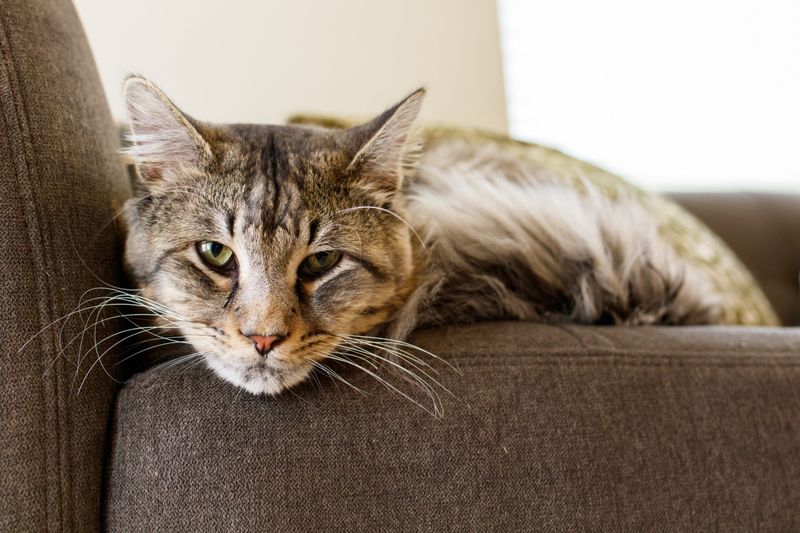
If your cat seems less active, it could be a sign of pain or illness. Cats usually enjoy playtime, so a decrease in activity levels is noticeable.
Lethargy often accompanies other symptoms, like hiding or changes in appetite, indicating something is amiss. Ensure your cat has a comfortable place to rest but encourage gentle play to assess its energy levels.
Persistent lethargy warrants a vet visit, as it can be symptomatic of various health issues. Early detection can help provide relief and improve your cat’s quality of life.
Change in Sleep Patterns
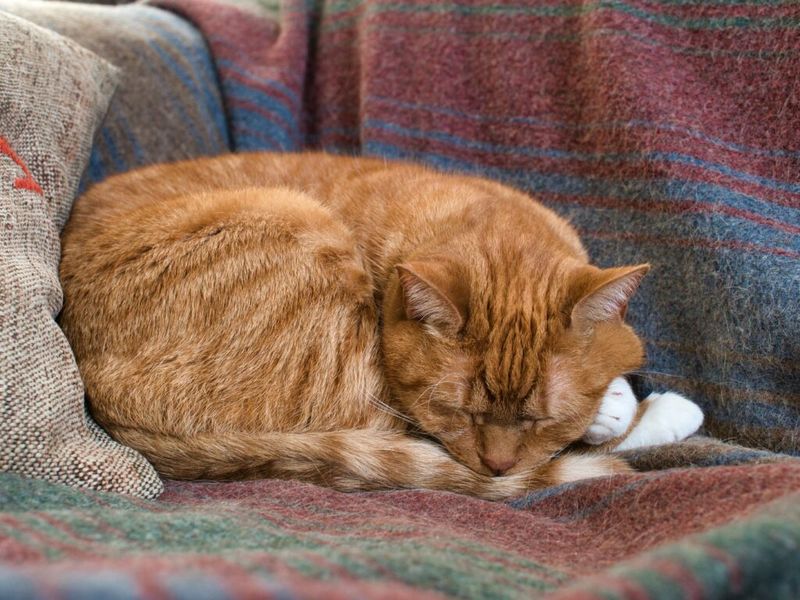
Cats are known for their love of sleep, often lounging for hours at a time. However, if you notice a significant change in their sleep patterns, it could be a sign of discomfort. Cats in pain may sleep more frequently or less than usual, reflecting their unease.
Pay attention if your cat starts sleeping in strange positions or locations. This behavior might indicate they’re trying to alleviate physical discomfort. Monitoring these changes can give insights into their health.
If your feline’s sleep habits shift markedly, consult with your veterinarian to rule out any underlying issues.
Sudden Interest in Wall Shadows
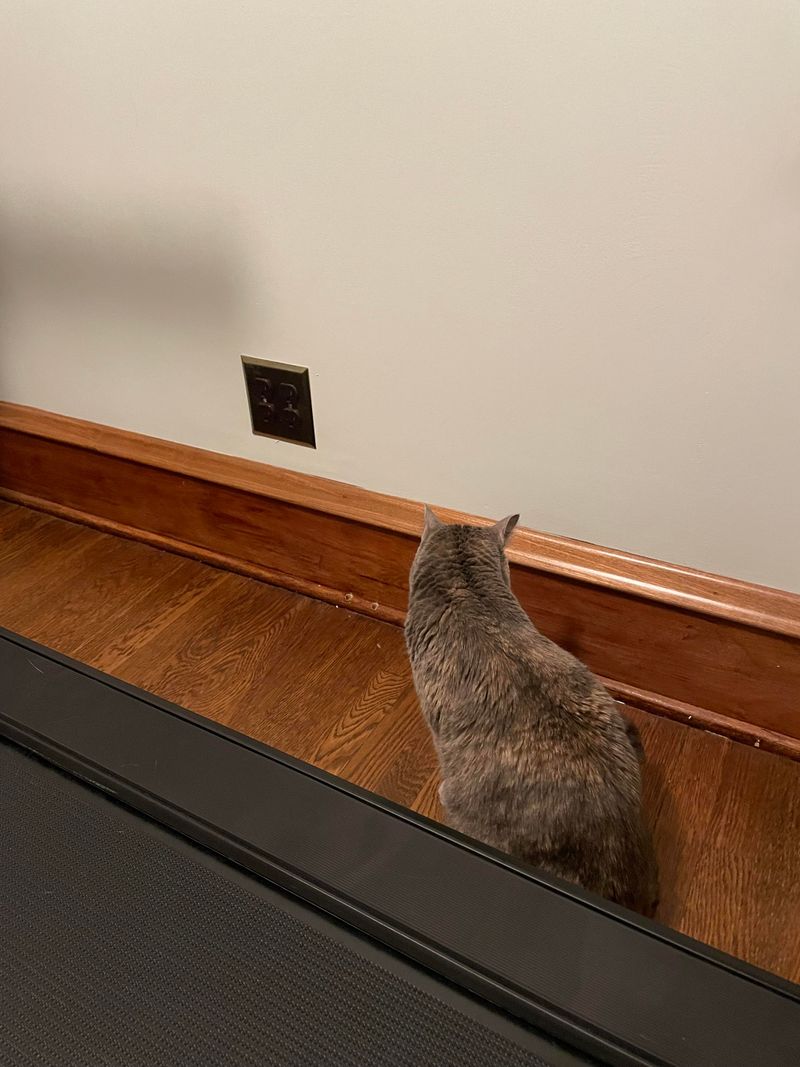
If your cat suddenly finds wall shadows immensely fascinating, it might be signaling discomfort. Cats are naturally curious, but an unusual obsession with shadows can be a coping mechanism for physical pain. This behavior may serve as a distraction from pain they’re experiencing. Hence, if Fluffy becomes an unexpected shadow detective, it’s worth noting. Consider consulting a vet if this behavior persists. Observing your cat’s other behaviors in conjunction with this one can provide more context. So, keep an eye out for any other unusual activities that accompany this newfound interest in shadows.
Overly Enthusiastic Tail Chasing
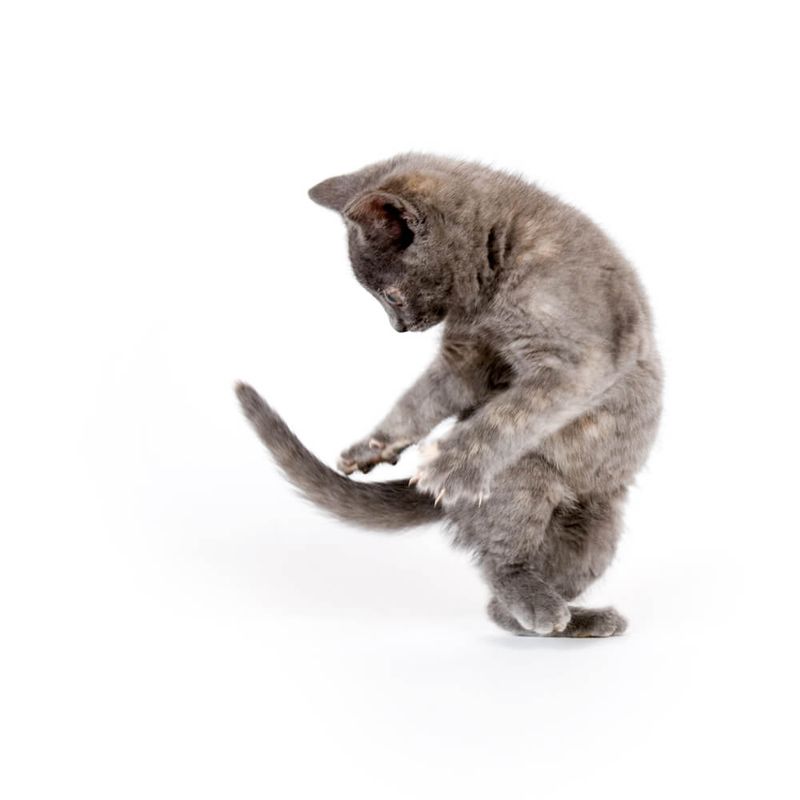
While cats chasing their tails can seem amusing, an increase in this activity might point to underlying pain. Cats might engage in this behavior to distract themselves from discomfort elsewhere in their body. It’s crucial to monitor how often and intensely your cat is chasing its tail. If this behavior becomes frequent and obsessive, it’s time to consider a veterinary visit. Engaging in tail chasing more than usual might also coincide with other changes in behavior. Therefore, take note of any other concurrent activities that seem out of character for your feline friend.
Frequent Staring Contests
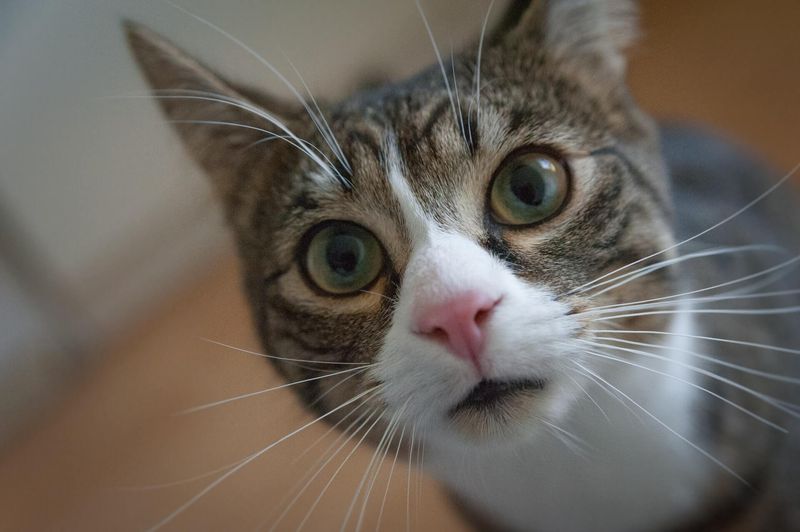
Cats are known for their expressive eyes, but frequent staring contests might be a sign of distress. This intense focus could be a cry for attention, hinting at discomfort. If your cat locks eyes with you more than usual, it might be their way of communicating unease. Coupled with other changes, such as restlessness or altered feeding habits, it becomes more concerning. Observing these patterns can guide you in understanding your cat’s health needs. Always consider their environment and recent changes in their routine that might have triggered this behavior.
Changes in Litter Box Habits
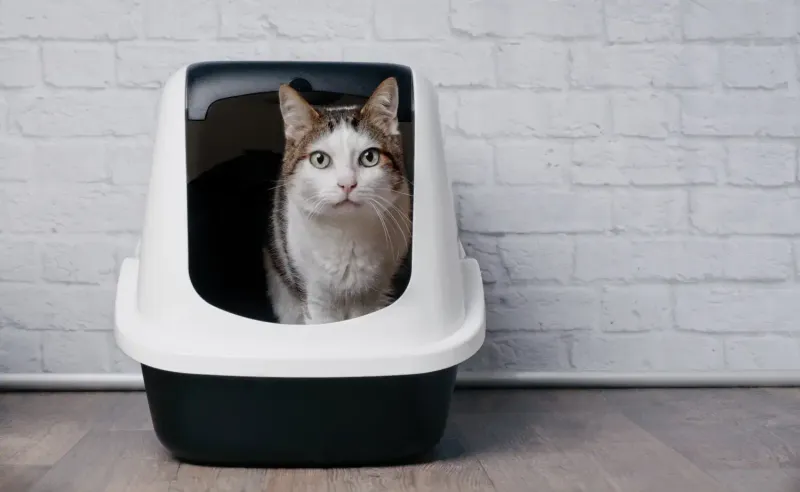
Litter box habits are usually consistent for most cats. A sudden change, such as avoiding the litter box or frequent urination, can indicate pain. Cats may associate the box with discomfort due to urinary or digestive issues.
Ensure that the litter box is clean and easily accessible. Sometimes, the problem could be as simple as a difficult-to-reach location. Observing these habits can help determine if a medical check-up is necessary.
If changes persist, it’s advisable to seek veterinary advice to address potential health problems.
Relentless Paw Licking
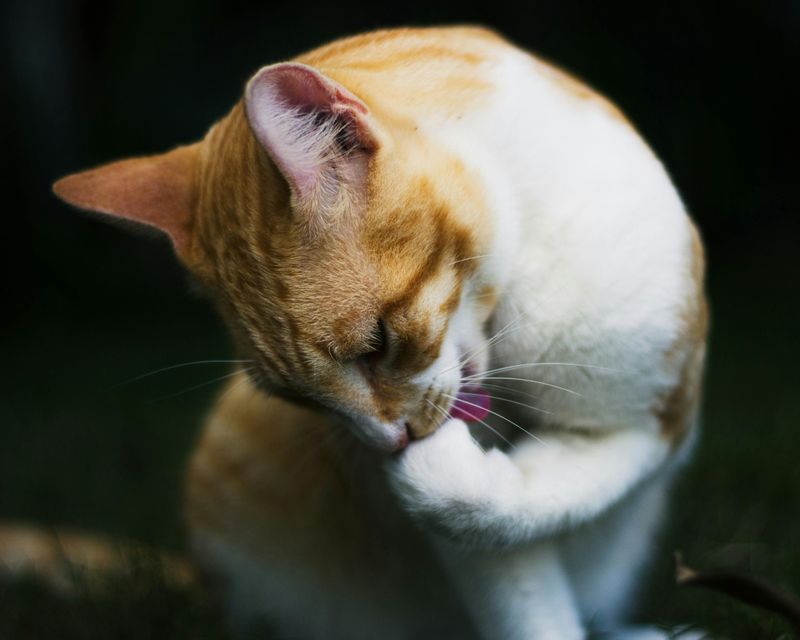
While grooming is natural, relentless paw licking might be a sign your cat is in pain. This compulsive behavior can hint at an underlying issue like stress or physical discomfort in their paws or elsewhere. If you notice this behavior becoming excessive, it warrants a closer look. Frequent paw licking might accompany other behaviors like restlessness or vocal changes. It’s a good idea to gently inspect their paws for any visible issues. Consulting with a veterinarian can provide clarity on whether this is a symptom of a more serious problem that needs addressing.
Bizarre Fascination with Running Water
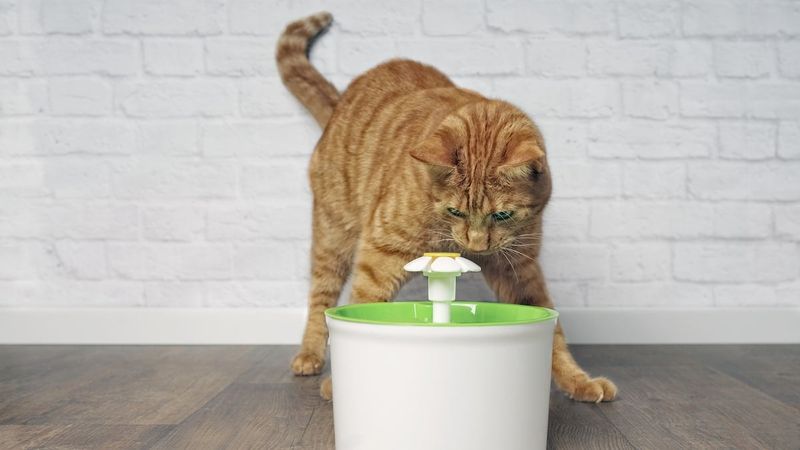
An unexpected interest in running water can be more than just quirky cat behavior. Cats might find the sound soothing, especially if they’re in discomfort. If your cat suddenly spends more time by the sink, it could be an attempt to find some solace. It’s important to assess if this behavior is accompanied by other signs like lethargy or decreased appetite. Providing fresh water in varied locations might help, but a vet consultation is wise if this fascination persists. Observing their overall demeanor when near water can give further insights into their condition.
Unusual Body Postures
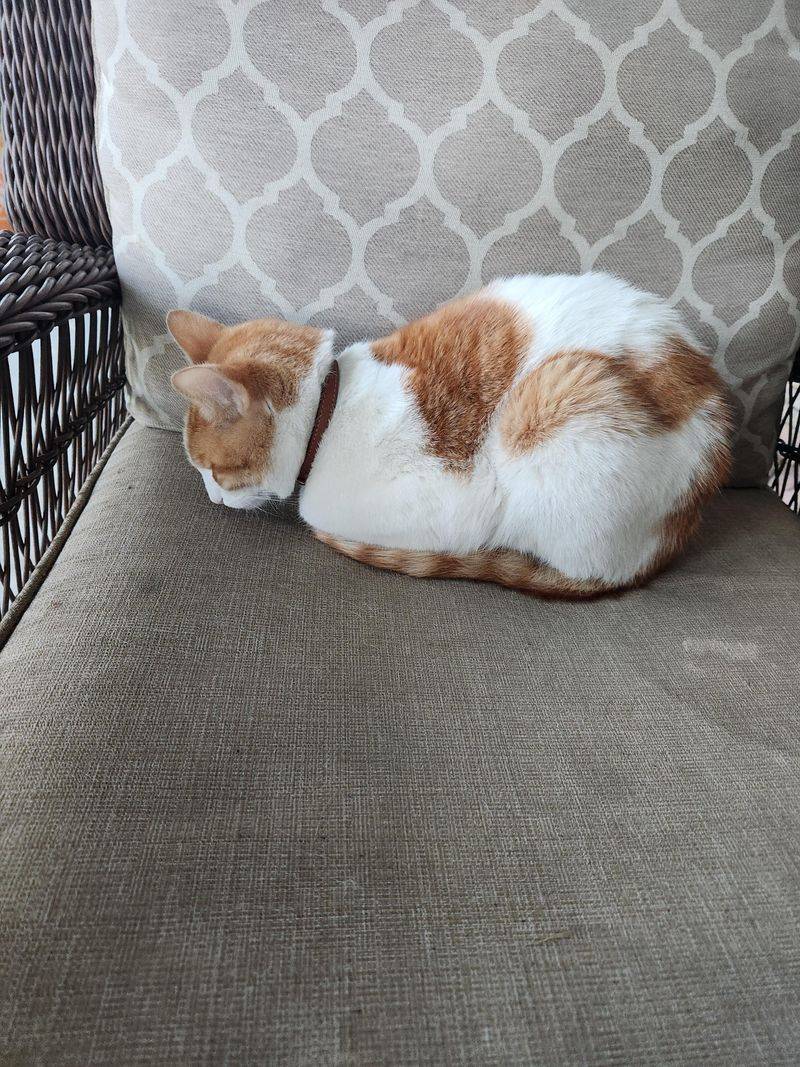
Body language can reveal a lot about your cat’s wellbeing. Pain may cause your cat to adopt unusual postures, such as arching their back or holding their body rigid. These positions can be their way of coping with discomfort.
Watch how your cat moves around their environment. If they appear stiff or reluctant to jump from their favorite spots, it might be a sign of underlying pain.
Observing changes in your cat’s posture and movement is essential. A visit to the vet can help diagnose and treat potential issues.
Obsessive Window Watching
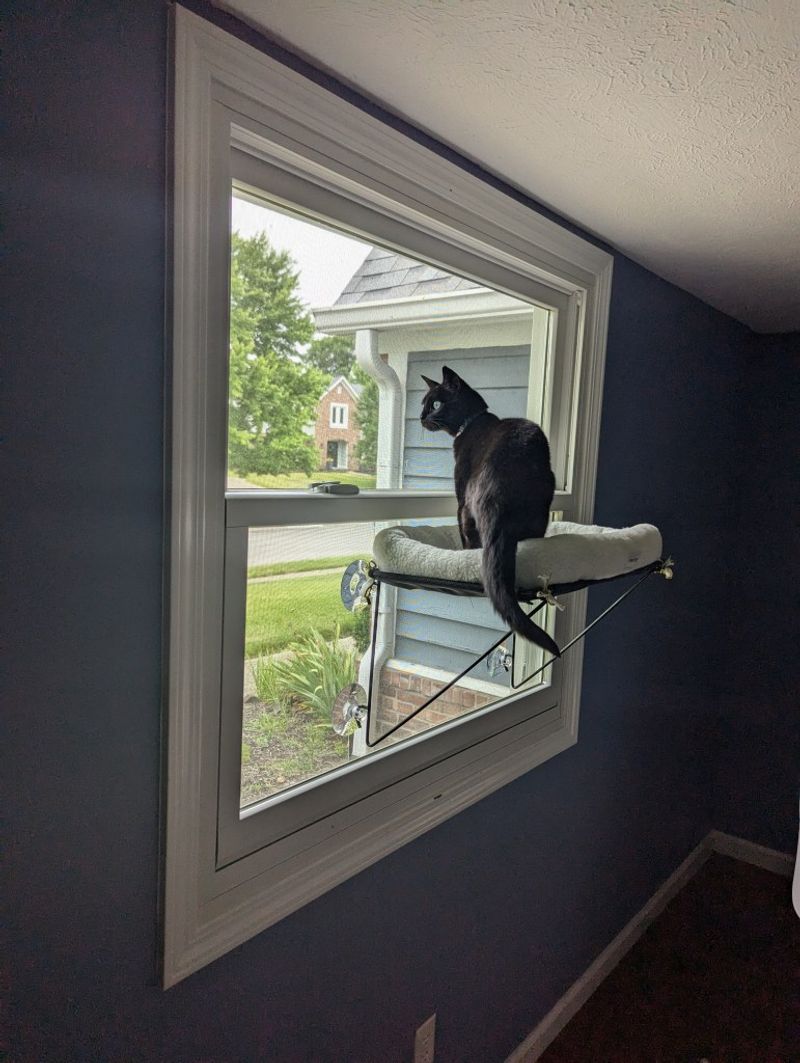
Cats love gazing out windows, but an obsessive pattern might indicate discomfort. This behavior could serve as a distraction from internal pain. If your cat spends increased time window watching, it might be a signal. Observing if this habit is paired with restlessness or lack of interest in usual activities is important. This might be their way of coping with discomfort. Providing mental stimulation through interactive toys can be beneficial. However, a vet visit should be considered if this behavior escalates. Understanding their environment and stressors is key to their well-being.
Unusual Pillow Kneading
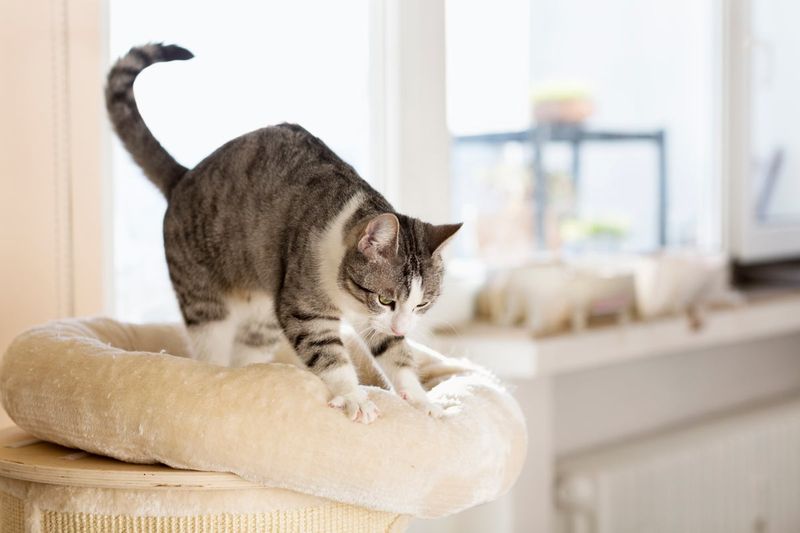
Kneading is a comforting behavior, but unusual intensity might signal distress. If your cat is kneading pillows more frequently or vigorously, it could be an attempt to soothe pain. This behavior might also indicate stress or anxiety. Observing if kneading is accompanied by other changes, like sleeplessness, is vital. Providing a comforting space and monitoring their habits can help. If this behavior persists, seeking veterinary advice is prudent. This action could be a sign of deeper physical or emotional issues that need addressing. Understanding their needs aids in providing appropriate care.
Fascination with Ceiling Fans
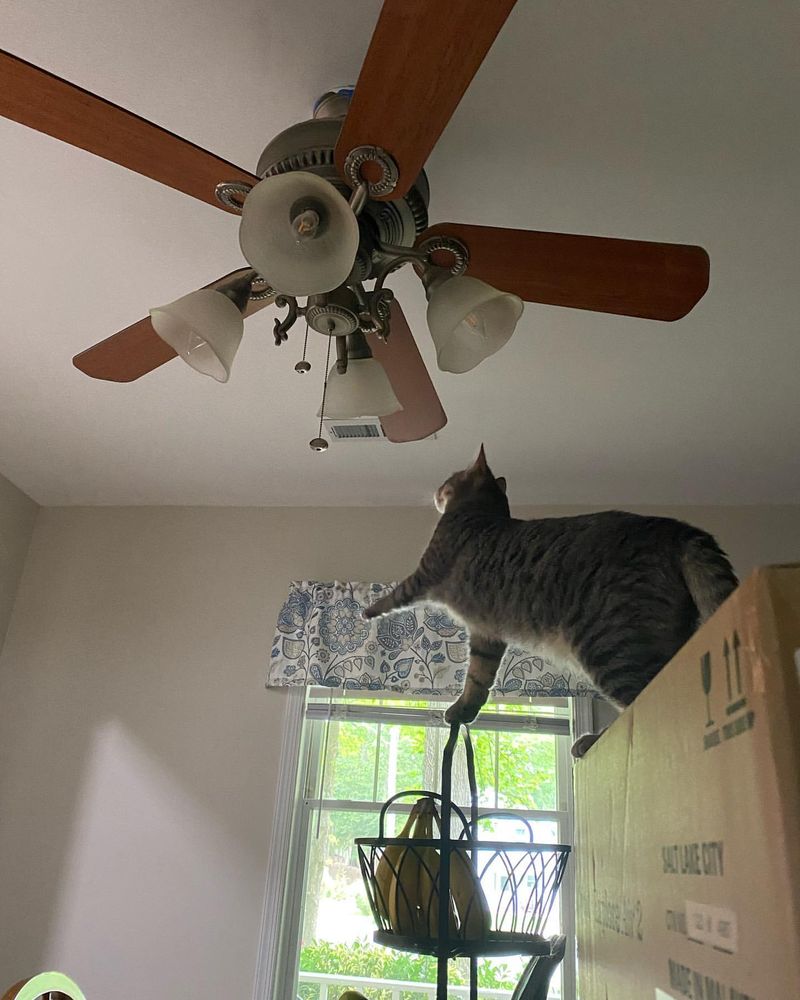
While ceiling fans can intrigue cats, an unusual fixation might suggest discomfort. This behavior could be a distraction technique to cope with pain. If your cat is frequently mesmerized by spinning fans, consider their overall behavior context. This fascination might be joined by other signs of distress, such as changes in sleep patterns. Providing alternatives for mental engagement can be helpful. However, if this fan fixating continues, a veterinary consultation is advisable. Understanding their behavior provides insights into their physical and emotional state, ensuring they receive the care they need.
Unusual Sneaker Sniffing
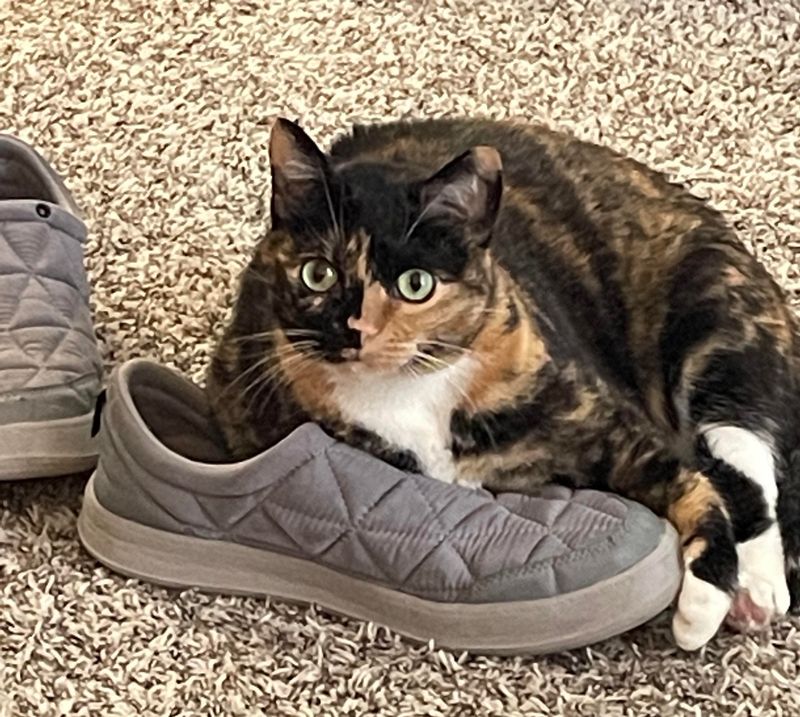
Cats often explore scents, but unusual sneaker sniffing might indicate pain. This behavior can be a way of seeking comfort or grounding themselves when uncomfortable. If your cat is unusually drawn to shoes, take note of other behaviors. This might coincide with withdrawal or decreased playfulness. Offering them different scent stimuli and observing how they react might help. Consulting a veterinarian if this behavior continues can shed light on potential pain issues. Understanding their sensory needs and responses aids in providing a supportive environment and addressing any health concerns they may have.

